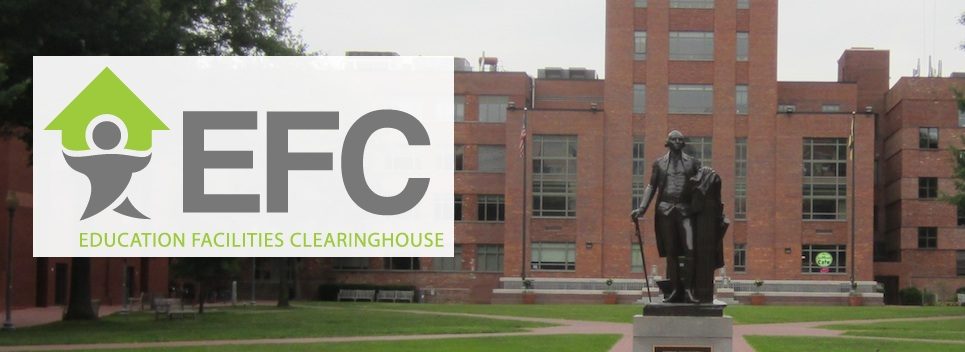Homeland Security and Emergency Management. School emergency planning is a necessary but often unfamiliar task for many school administrators. Statute requires all Minnesota schools adopt a crisis management policy and develop individualized plans addressing potential violent crisis situations, emergencies and natural disasters. The Comprehensive School Safety Guide is designed to help simplify school emergency planning and guide school administrators and district emergency planning teams through the emergency planning process.
The updated and revised Comprehensive School Safety Guide is the fourth edition of Minnesota’s guidance for school emergency planning. The first Model Crisis Management Policy and school emergency procedures document was issued jointly by the Minnesota Department of Public Safety and the Minnesota Department of Education in 1999. Emergency procedures were revised in 2005 and the first Comprehensive School Safety Guide was published in 2008. The 2011 edition includes new guidance on emergency planning for students with disabilities, safe school assessments and recovery planning. Guidance on drills and exercises, school emergency response teams and student reunification has also been updated.
School emergency planning requires a cooperative effort. The Comprehensive School Safety Guide is intended for district emergency planning teams and community emergency response partners responsible for formulating or revising school emergency plans. Procedures in the Comprehensive School Safety Guide are general guidelines based on local, state and national best practices. Districts are encouraged to review these procedures in coordination with district policies and crisis plans. Procedures should be customized to fit specific school building sites and coincide with local emergency response procedures.











